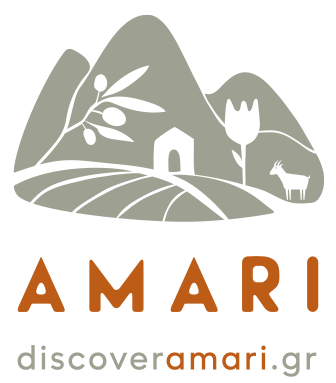Products of Amari
Olive oil
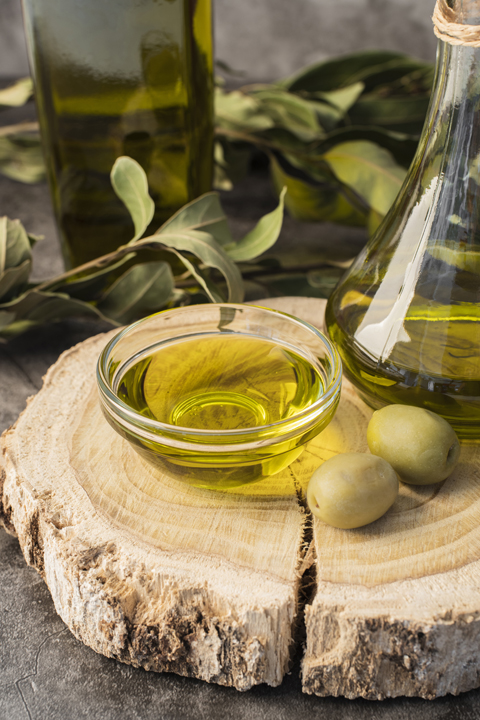
The island of Crete is overgrown with olive trees, which cover most of its cultivated surface. In particular, the area of Amari is particularly known for its vast olive grove, which fully meets the needs of the local population of the surrounding areas and beyond. The cultivation of olive trees, as it is known today, dates back to the Neolithic era (7000 – 3500 BC) and since then it has been included in the basic food elements of the Cretans.
Cretan olive oil is of high quality as approximately 90% of the production consists of natural olive juice obtained by simple natural or mechanical methods, without chemical treatments. Thus, olive oil maintains its antioxidant substances, which today are believed to prevent oxidative damage that leads to atherosclerosis, various forms of cancer, a number of degenerative diseases and dementia.
Table olives
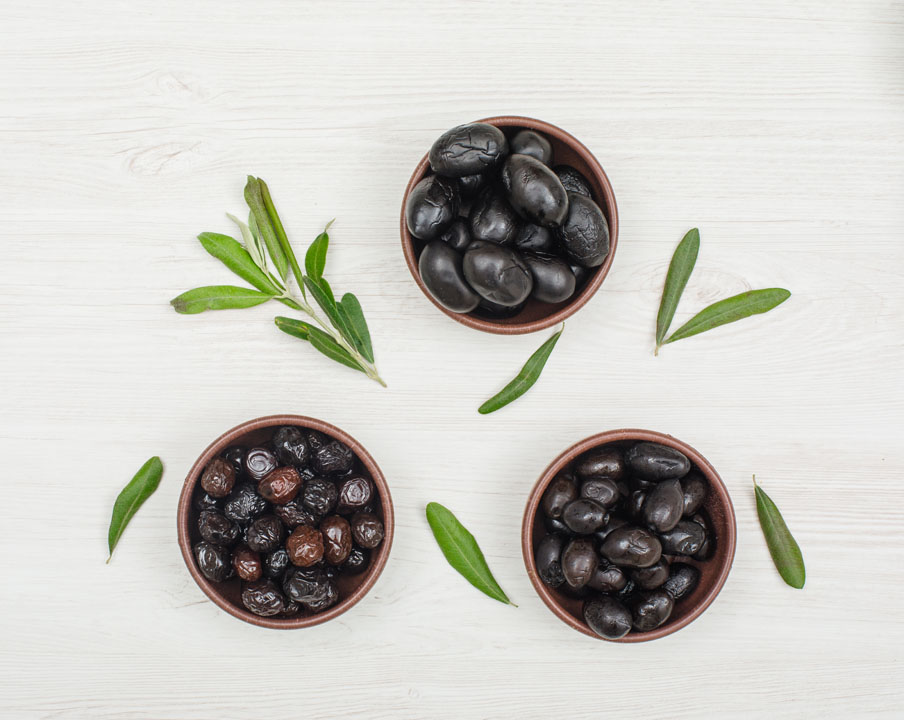
The olive tree occupies an important place in the economy of Crete since the years of the Minoan Civilization. The world’s oldest table olives, which are 3,500 years old, have been found In a well in Zakros. In fact, it is believed that the long and difficult process of domesticating these wild trees and their cultivation began on the island of Crete.
There are three established olive varieties in Crete and each of them differs in taste, calories and nutrients. The differences in the nutrients mainly concern the amounts and action of antioxidants. This is how the “Koroneiki” or “Psilolia” appears in Crete, which is the most famous variety of high quality olive. It has a small size and ripens from October to December.
“Chondrolia” or “Thrumpolia” is widely cultivated in Greece and the oil content of its fruit reaches 28. The well-known “Stafidolies” or “Psarolies”, which come from the ‘’Chondrolia” variety can be found in specific villages of Amari and are unique due to the fact that the de-bittering of the fruit is done by completely natural processes on the tree. During the processing of this particular olive, coarse salt is used, at the end of which, the fruit acquires a raisin-like appearance, while its preservation is ensured in the brine. The final product is a sweet fruit with intense flavor characteristics for which the protected designation of origin of table olive was recognized under the name “Thrumba of Ambadia – Rethymno”.
Finally, Tsunati or Muratolia olive blooms from the end of April to the end of May and produces excellent quality olive oil.
Wine

In Crete, vine cultivation and wine production have been taking place for thousands of years. The quality of Cretan wines is on the rise. In recent decades, the winemakers have been producing wines of excellent quality, having in their ‘’quiver’’ knowledge, experience and also a blessed place with the diverse geographical relief and the beneficial climate for the cultivation of native varieties.
The most popular variety found in the mountains of Amari, in western Psiloritis, is the Vidiano. It produces white wine with a strong personality. Distinct aromas, reminiscent of ripe peach and apricot, with hints of aromatic herbs and a long oily aftertaste.
This wine bears the designation PGI (Protected Geographical Indication) Rethymnon like other wines from native varieties (Vilana, Moschato Spinas, Thrapsathiri, Liatiko).
In the production of red and rosé wines, the red Liatiko variety dominates. It is an ancient grape variety that originates from the 3rd century BC and it is the most cultivated red variety on the island. It produces light colored red wines with an intense fruity character mainly from red and black fruits.
Also worth mentioning is the extremely rare variety, Melissaki, which is also found in Amari and it produces white wine with an aroma of honey, sweet citrus fruits and a spicy aftertaste.
In addition to the plantings of native varieties in Crete, there are also international grape varieties such as Sauvignon Blanc, Chardonnay, Cabernet Sauvignon and Syrah, etc. but also Assyrtiko, a native variety of Santorini.
Honey
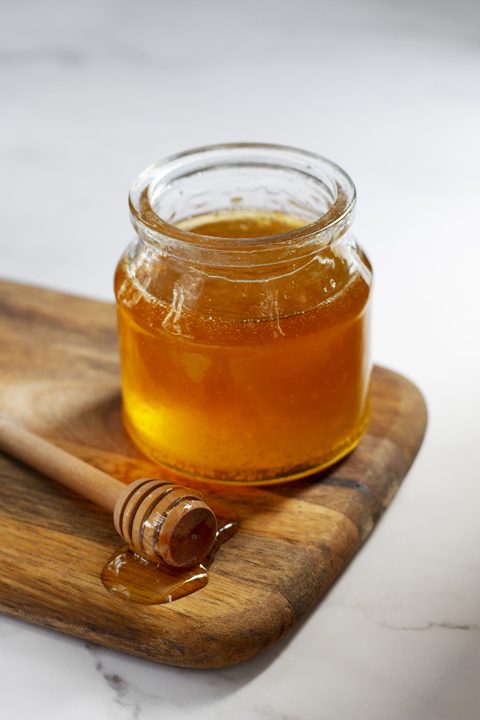 In Crete and especially in Amari, local producers produce excellent quality organic honey. The special taste and quality of the honey are mainly due to the geomorphological characteristics of the island, the endemic flora and fauna, and the absence of intensive cultivation.
In Crete and especially in Amari, local producers produce excellent quality organic honey. The special taste and quality of the honey are mainly due to the geomorphological characteristics of the island, the endemic flora and fauna, and the absence of intensive cultivation.
Honey is a valuable product with antioxidant activity, rich in vitamins, amino acids and nutrients. The honey produced in Amari has a strong aroma, golden color and unique taste. Although the quantities are limited and always proportional to the number of hives exploited by the local beekeepers as well as the weather conditions, the route from the hive to the packaging is done with respect for the product, without any alterations and always respecting the rules of hygiene. In other words, it is a pure, unprocessed, high-quality natural product with unique nutritional elements of the Cretan land.
Carob
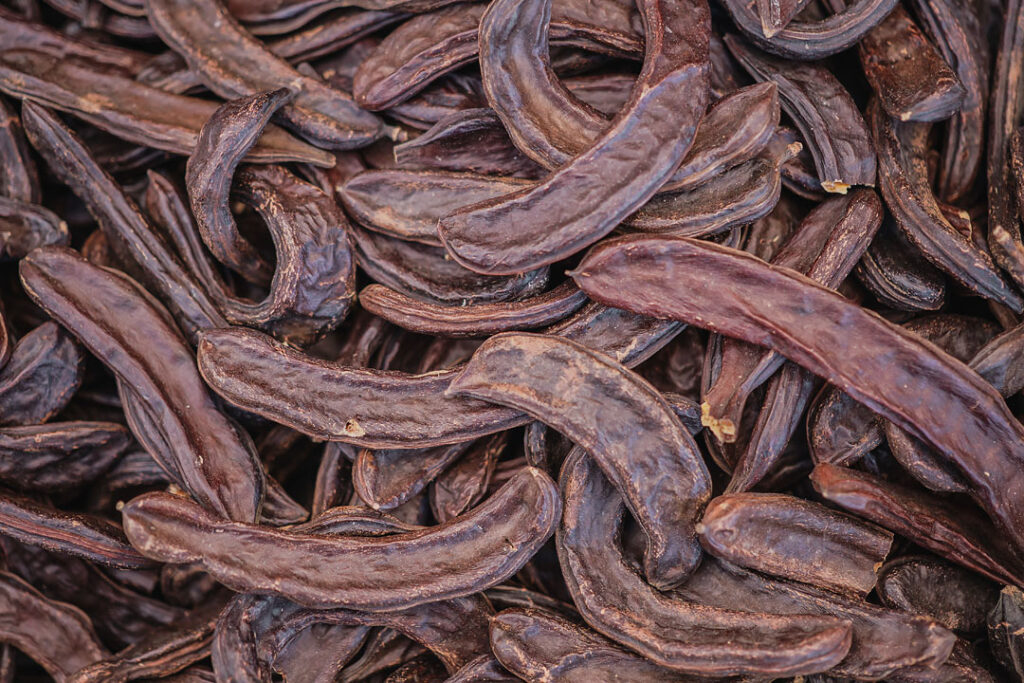 Carob tree is one of the most common trees in Crete. It is also found in the villages of Amari, even on sidewalks, offering their dense shade. Their name is due to the shape of their fruit, the carob, which resembles a wooden horn (xylokerato).
Carob tree is one of the most common trees in Crete. It is also found in the villages of Amari, even on sidewalks, offering their dense shade. Their name is due to the shape of their fruit, the carob, which resembles a wooden horn (xylokerato).
It is an evergreen tree that can reach a height of 18m and 100 years old, while its leaves are round, hard and dense. In the olden days, the inhabitants of Crete ate carobs as a sweet, while it is still a healthy substitute for chocolate.
Also, boiling the carobs produces carob honey, an extract, which is used as the main sweetener. Others bake them, grind them and mix their powder with some flour to make bread. In folk medicine it is used as a decoction for those suffering from bronchitis or whooping cough, while others boil it with dried figs and raisins and drink it as an antitussive. Finally, a sticky substance (gum) is extracted from carob seeds, which is used in the paper industry, as well as a fixative in various foods.
Cherries (Gerakari)
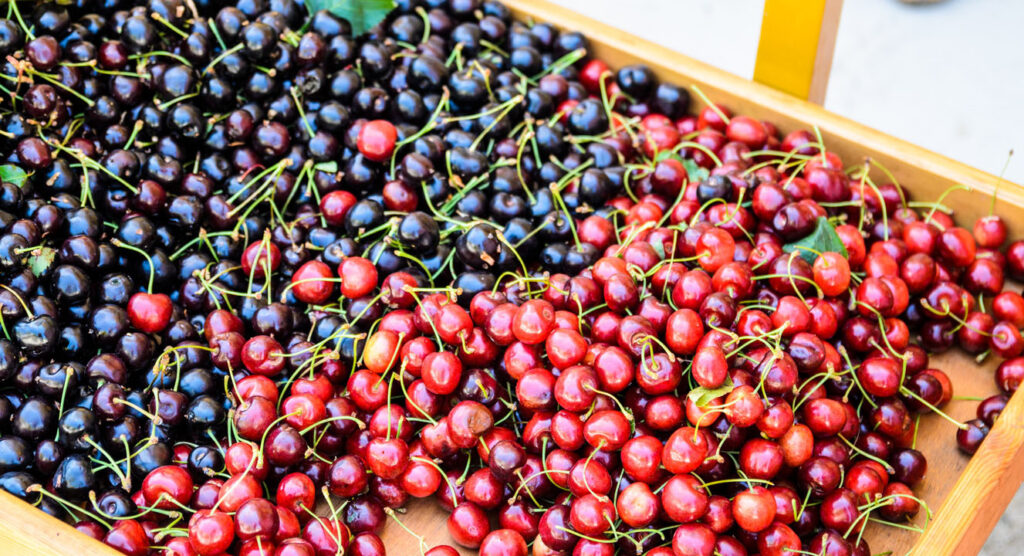
The village of Gerakari is located in the valley of Amari and is one of the most productive villages of Amari. Its inhabitants are mainly engaged in tree cultivation. They produce the famous Gerakari cherries, which are in fact the main product of the region. They are particularly fragrant and sweet with an incomparable taste. Especially during the period of May when the trees are full of cherries, the residents of Amari include them in their diet and in their most daily activities, such as drinking raki or playing backgammon, enjoying the delicious and crunchy cherries. From the crimson and round cherries from Gerakari, excellent spoon sweets and refreshing drinks are prepared.
Aromatic plants and herbs (in Psiloritis)
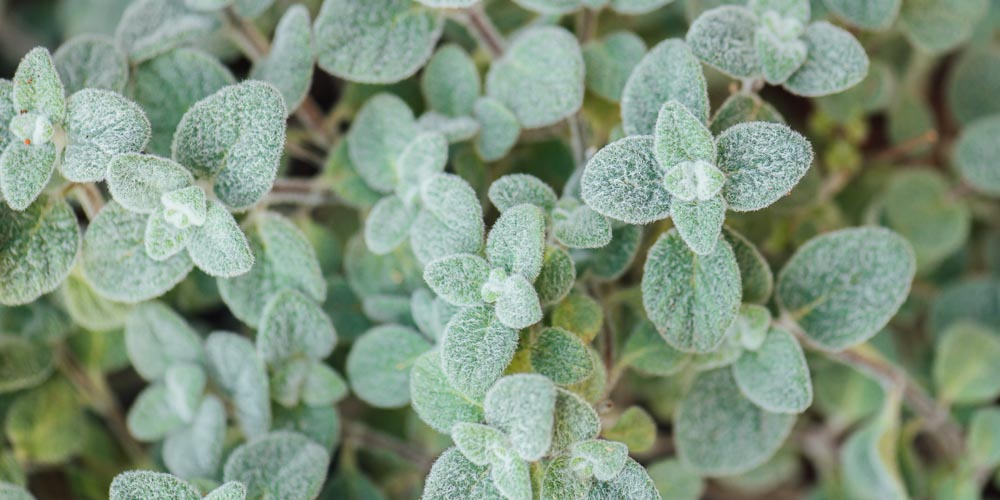 Aromatic plants are a great tradition in Crete. Botanical studies reveal that the island has one of the richest and most interesting ecosystems in Europe. An emblematic plant, native only to Crete, is Diktamos (origanum diktamus L.) which has been known since ancient times due to its antiseptic properties.
Aromatic plants are a great tradition in Crete. Botanical studies reveal that the island has one of the richest and most interesting ecosystems in Europe. An emblematic plant, native only to Crete, is Diktamos (origanum diktamus L.) which has been known since ancient times due to its antiseptic properties.
In addition, it is an excellent medicine when having a cold or cough. An emblematic endemic herb of Crete, it is also the local mountain tea, siderites syrioca, which grows in Psiloritis and the White Mountains, at an altitude of 900 – 2000 m. It is stimulating and is considered excellent for colds, bronchitis and all respiratory diseases, but also for digestion. So, on the island of Crete, there is a multitude of herbs with excellent healing properties. They grow in the steep mountains of the island and are collected by experienced collectors to be naturally dried and taken to the modern packaging facilities, without any chemical or other treatment.
Traditional Cheesemaking
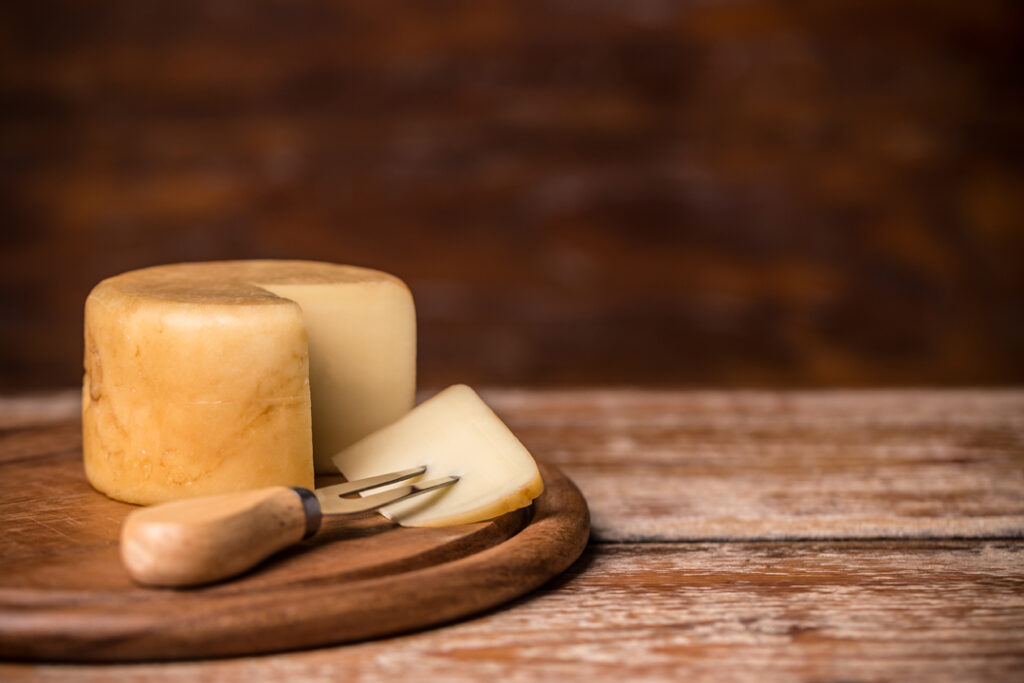 Amari is particularly known for its high quality cheese products. Small family units with many years of experience in the field of cheesemaking, cooperate with selected and local breeders who raise the goats and sheep with special love and care, producing an excellent quality variety of cheeses and observing the required sanitary procedures for the collection of the raw material. The producers collect the goat and sheep milk daily and they check its quality. It is then transferred to the storage and rapid temperature development tanks.
Amari is particularly known for its high quality cheese products. Small family units with many years of experience in the field of cheesemaking, cooperate with selected and local breeders who raise the goats and sheep with special love and care, producing an excellent quality variety of cheeses and observing the required sanitary procedures for the collection of the raw material. The producers collect the goat and sheep milk daily and they check its quality. It is then transferred to the storage and rapid temperature development tanks.
Then the cheese making of each product is carried out, which are placed in the appropriate mold and then transferred to an appropriately configured space with the prescribed temperature conditions in order for them to ripen. The ripening conditions of each batch are systematically controlled through installed mechanical systems. Once it is deemed ready and its quality is checked, the final product is packaged and distributed to the points of sale and partner companies. Particularly well-known cheeses for their quality, which have been designated as PDO (product with a Protected Designation of Origin) and come from Amari, are the Cretan Graviera , aged at least 3 months naturally with its extremely rich taste, and the Xinomyzithra with its granular texture and its pleasantly sour taste, which changes to sweet when baked.
